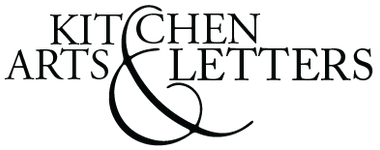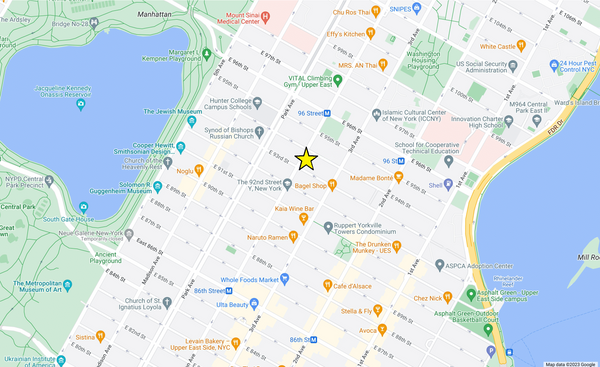A remarkable collection of period photographs documenting the US Army's attempts to provide safe, stable, and satisfying foods to soldiers in a variety of conditions.
Better Food for Fighting Men contains a selection of images, produced
mostly in the 1970s and 1980s, from the archives of the U.S. Army’s Natick Soldier
Research, Development and Engineering Center near Boston, Massachusetts. In the words of editor Matthieu Nicol:
For the world’s most formidable army, feeding the troops is fraught with logistical,
psychological and food safety challenges. Bacteria is an enemy; supply chains are vital, intricate delivery systems. The goal is to provide sustenance and boost morale across the full range of terrain and troop configurations, from mess halls for the officers and selfservice buffets for the rank-and-file to battlefield canteens and survival rations for commandos behind enemy lines.
Solving this logistical puzzle is like trying to stuff a square peg into a round hole: once you have devised ways to optimize the daily nutritional requirements of the bodies in question, you need to work out the best solutions for preserving and transporting the food, and still guarantee a minimum level of flavor to keep the soldiers happy. Irradiate, dehydrate, thermostabilize, compress, preserve, rehydrate, heat up, dish out...
These images document the experiments developed by nutrition and logistics
experts in the Army’s “food science laboratories,” their taste tests and focus groups, their stylized pack shots of the meals they designed.
A glossary provides brief explanations of goals, techniques, and equipment visible in the more than 90 images, and a caption section at the back of the book describes the likes of "Irradiated ham (for Skylab) in flex-pack, showing excess moisture absorption material," and "Single serving, egg."
The book is printed in a compact form, 12 x 17 cm or roughly 4.75" x 6.75". It appears at first to be very tightly bound but has a lay-flat binding that makes it easier to see the centers of the page spreads once the book has been opened a few times.
Color photographs throughout. Paperback.







